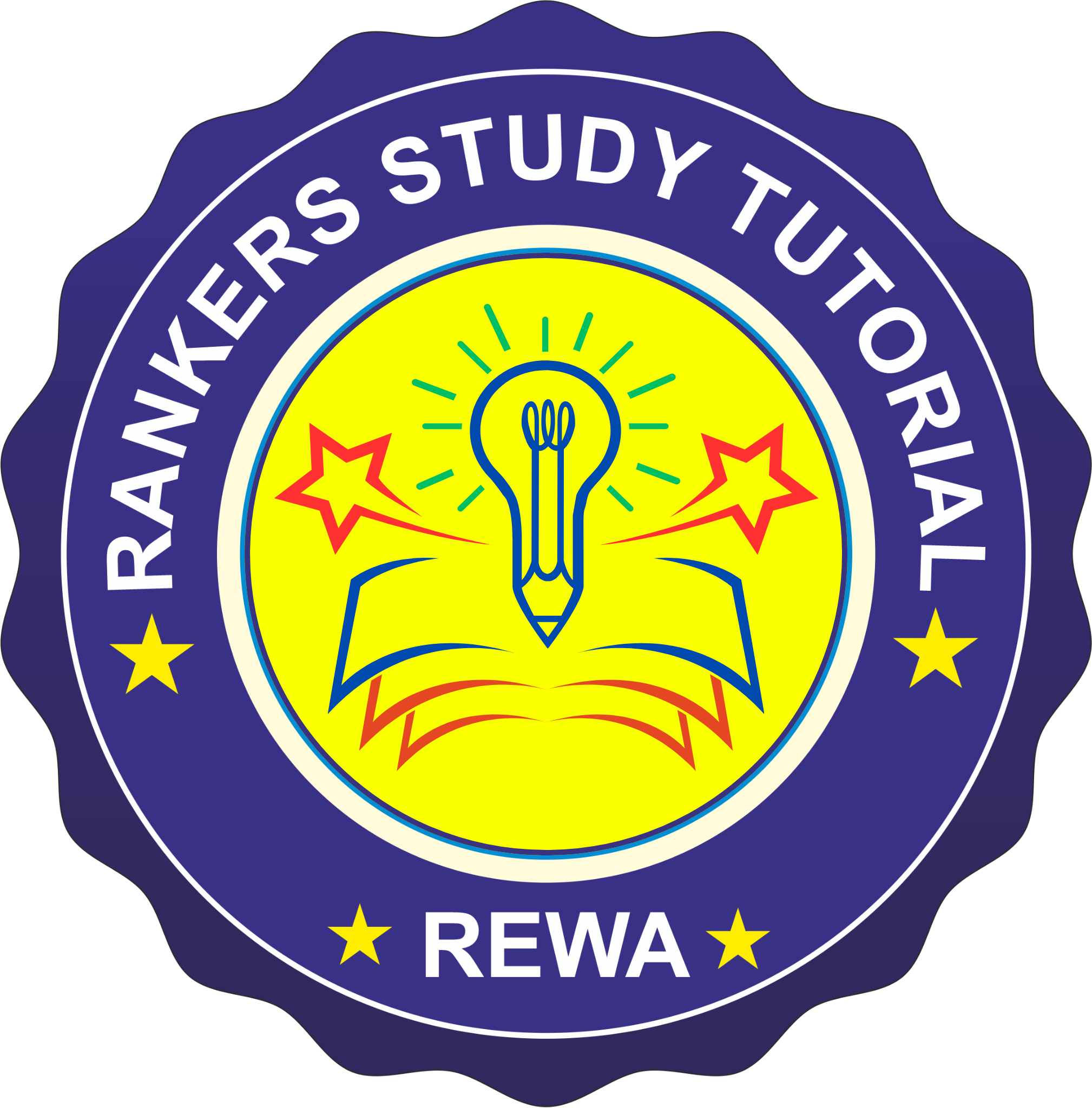Geography : India Physical Environment
Extra Questions Geography Class 11 Chapter 1 India – Location
Multiple Choice Questions (MCQs)
Question.1. Which of the following hemispheres is India located in?
(a) Eastern hemisphere
(b) Northern hemisphere
(c) Eastern and Northern hemisphere
(d) Southern hemisphere
Ans.1. (c) Eastern and Northern hemisphere
Question.2. Which latitude line divides India into two parts?
(a) Equator
(b) Tropic of cancer
(c) Tropic of Capricorn
(d) Arctic circle
Ans.2. (b) Tropic of Cancer
Question.3. The total geographical area of India is ( Lakh Km.Square)
(a) 32.80
(b) 22.80
(c) 42.08
(d) 30.80
Ans.3. (a) 32.80
Question.4. Which of the following countries does not touch India’s borders?
(a) China
(b) Bangladesh
(c) Myanmar
(d) Kyrgyzstan
Ans.4. (d) Kyrgyzstan
Question.5. Which one is the largest state of India (in terms of area)?
(a) Maharashtra
(b) Uttar Pradesh
(c) Rajasthan
(d) Madhya Pradesh
Ans.5. (c) Rajasthan
Question.6. Currently there are total states in India is
(a) 28
(b) 29
(c) 30
(d) 27
Ans.6. (a) 28
Question.7. India is ranked in the world by geographical area
(a) 5
(b) 6
(c) 7
(d) 8
Ans.7. (c) 7
Question.8. The southernmost point of the Indian Union was
(a) Kanyakumari
(b) Indira point
(c) Rameshwaram
(d) Barren Island
Ans.8. (b) Indira point
Question.9. Which of the following countries is not bigger than India in terms of area
(a) Canada
(b) Australia
(c) France
(d) Brazil
Ans.9. (c) France
Question.10. Which of the following is the latest union territory of India?
(a) Jammu and Kashmir
(b) Ladakh
(c) Dadra and Nagar Haveli and Daman and Diu
(d) All of the above
Ans.10. (c) All of the above
Question.11.The total length of India’s coastline is ___________ km.
(a) 10500
(b) 7516.6
(c) 3500
(d) 7500
Ans.11. (b) 7516.6
Question.12. Telangana state is separated from which of the following state?
(a) Kerala
(b) Jammu and Kashmir
(c) Andhra Pradesh
(d) Tamilnadu
Ans.12. (c) Andhra Pradesh
Question.13. Which of the following states the Tropic of Cancer does not pass through?
(a) Rajasthan
(b) Odisha
(c) Chhattisgarh
(d) Tripura
Ans.13. (b) Odisha
Question.14. The time difference between eastern and western part of India is
(a) 30 Minute
(b) 2 Hours
(c) 4 Minute
(d) 15 Hours
Ans.14. (b) 2 Hours
Fill in the blanks
Question.1.The Shape of India is ____________.
Ans.1. Quadrilateral
Question.2.Indian Standard Time is ahead of Greenwich Mean Time by ___________.
Ans.2. 5 hours and 30 minutes.
Question.3.India is situated at the upper end of the ______________.
Ans.3. Indian Ocean.
Question.4.The ___________ is a saline swamp located in the western part of India.
Ans.4. Rann of Kutchh.
Short Answer type Questions
Question.1. Confirm this statement that the Indian Ocean is actually the Indian Ocean.
Ans.1.
- India is also known as Hind i.e. Hindustan. This is the only ocean named after a country called the Indian Ocean.
- On the coast of the Indian Ocean between West Asia and East Asia India’s position is very important.
- The coastline of India located at the northern end of this ocean Is also longer than the country’s coastline.
Question.2. Why is India’s central position at the top of the Indian Ocean important?
Ans.2.
- The Indian peninsula is about 1600 km extended into the Indian Ocean.
- South-central Arabian Sea in the west and Bay of Bengal in the east. The central position of India at the top of the Indian Ocean in Asia helps establish relations with the developed nations of Europe in the west.
- Africa and West Asia, South East Asia, Japan, Business relations with countries like Australia, New zealand and America etc. are helpful in establishing.
Thus we can say that the Indian Ocean is actually a boon for the country.
Question.3. What are the benefits of India’s long coastline?
Ans.3. The long coastline of India has many benefits:
- Provides favorable conditions for the development of ports and helps in employment generation.
- Provide useful waterways for trade.
- The cross-ocean waterways connecting Africa, industrially developed Europe and prosperous West Asia to the south-east Asian countries, China, Japan with developed industries, Australia and the west coast of the United States pass through India.
Question.4. “The abundant sunshine and monsoonal rainfall from the tropical sun determines the destiny of millions of Indians” Analyse.
Ans.4. Temperature and rainfall are the two main elements of climate. These have a direct impact on the soil, fauna and human activities here. The fate of agriculture-based industries and the people associated with them is linked to these two climatic elements, so it is perfectly appropriate to say that abundant sunlight and monsoonal rain from the tropical sun sets the fate of millions of Indians.
Question.5. What is a subcontinent called? Write the names of the countries included in the Indian subcontinent.
Ans.5. A large part of a continent, which is geographically, culturally and economically different from other parts of the continent and has uniformity in its terrain, is called a subcontinent. The Indian subcontinent includes Pakistan in the northwest, Nepal, Bhutan in the north, Bangladesh in the east and India in the middle.
Question.6. Why is there a time variation of 2 hours between the easternmost and westernmost part of the country? Explain the statement.
Ans.6. Longitudinal extent of India has the difference of 30°. There is time variation of 2 hours between easternmost and the westernmost parts of our country. The sun rises two hours earlier in Arunachal Pradesh as compared to Gujarat. This is because the earth is tilted and also it rotates in east to west direction. So while rotation, the eastern parts of the world experiences the sun rays earlier as compared to the western parts of the world.
1 degree = 4 minutes
30 degree = 4 x 30 = 120 minutes
120 minutes = 2 hours
Question.7. Name the countries larger in area than India?
Ans.7. India is the seventh largest country in the world. The following countries are larger in area than India: Russia, China, Canada, U.S.A., Brazil and Australia.


